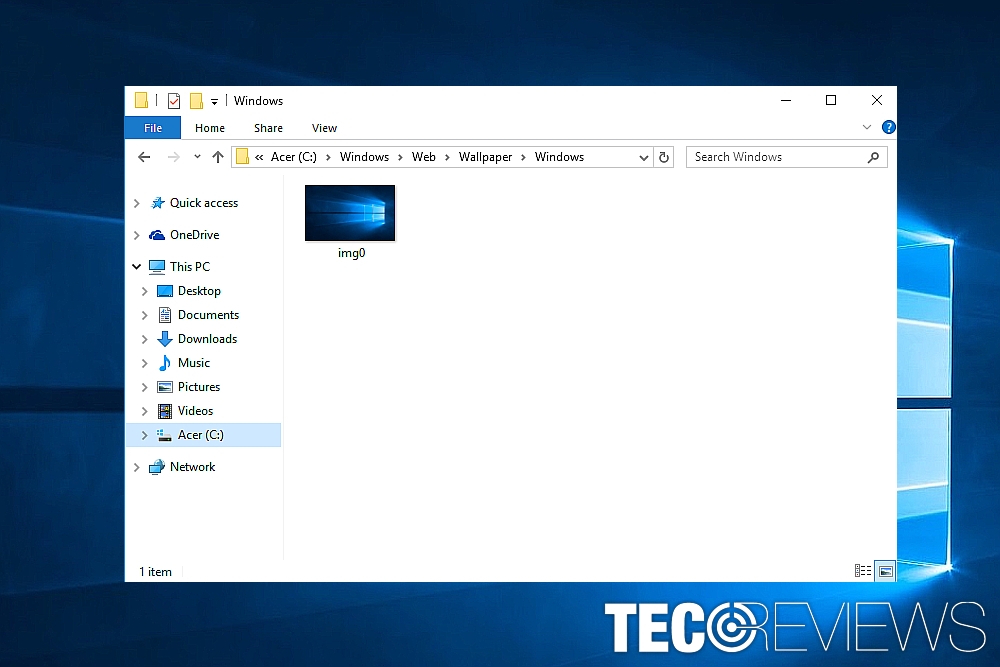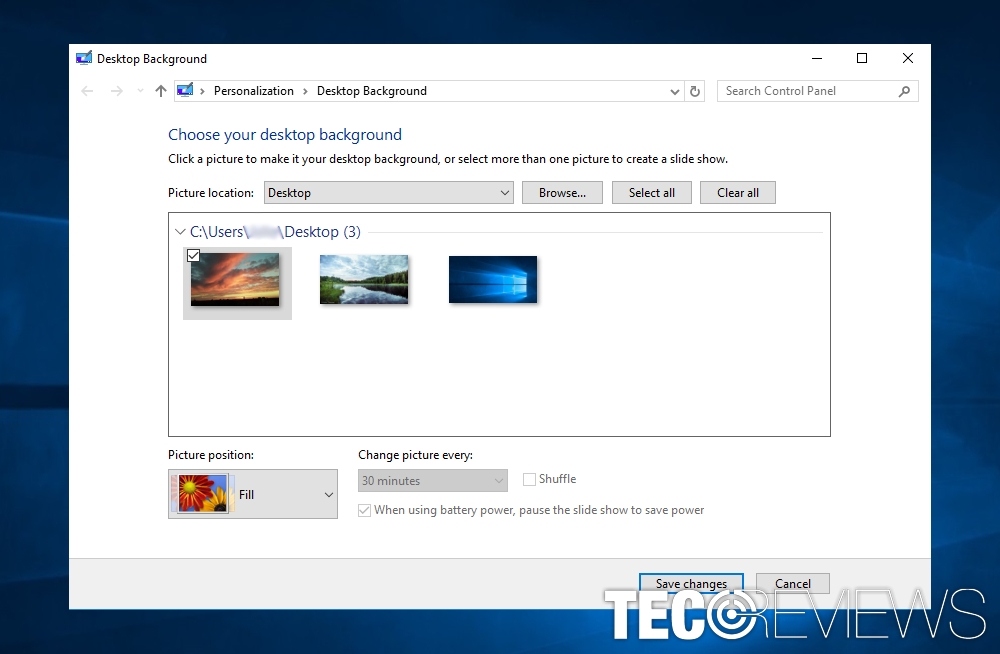Table of Contents
Manage your dual wallpapers
If cramming your application in one monitor has become too frustrating and you need more space, setting dual monitor is one of the solutions. Programmers use this function. Thus, they already know how to enable the function. If you are not a programmer, but switching between multiple apps takes too much time and eventually leads to frustration, you may also consider extending your Windows 10 display. However, note that additional monitor will not only take up physical space but drain your device’s energy resources; it is especially relevant for laptop[1] users.

Modern computers include at least 2 ports for an additional monitor. You can also set the dual monitors quite easily on Windows 10. Besides the standard ones, consider alternative solutions.
Setting dual monitor
If you worry why the function Multiple displays is inactive, note that after attaching an additional monitor, it will be able. Move the bar Show taskbar on all displays to the right. In order to display different wallpapers on the monitors, make sure the option called Choose a fit under Personalization settings is chosen either Fill, Center or Fit. If you leave it at Span or Stretch, the same monitor will be extended to all monitors.
Option 1. Copy the pictures to a specific Windows location

Paste the images to C:\Windows\Web\Wallpaper\Windows folder
This is one of the fastest options to set dual monitors.
- Choose the images you would like to set on multiple monitors and copy them.
- Go to C:\Windows\Web\Wallpaper\Windows folder. Right-click on an empty paste and choose Paste option or press CTRL+V.
- Security warning informing you that you will need administration rights to perform the action will appear. Mark Do this for all current items checkbox and click Continue.
- Right-click on the images and choose Set as desktop background.
- Selected images will appear as backgrounds. If necessary right-click on the screen and select Next desktop background to switch the picture.
You can also perform the above-suggested method using this method:
- Press Windows Key+R altogether and type %appdata%. Hit Enter or click OK.
- Roaming folder will open. Go to Microsoft, Windows, and then navigate to Themes folder.
- Find Transcoded_000 and Transcoded_001 files. They represent the wallpapers. To swap them on your monitors, change the names of Transcoded_000 to 1 and Transcoded_001 to 0.
- Later on, log out and back to Windows for the changes to take effect.
You should also test whether selecting one image, right-clicking on it, and choosing Set as desktop background will give the expected result.
Option 2. Make use of settings
This is one of the most common ways to set dual monitor wallpapers on Windows 10. Right-click on the Start button and choose Settings (the gear icon) or press Windows Key + I at the same time.
- Go to Personalization section.
- Now scroll down to Choose your picture, find the wanted image, right-click on it and choose Set for monitor 1 or Set for monitor 2.
Option 3. Take advantage of Run command

Once Desktop Background appears, you will be able to manage dual monitor wallpapers
There is also another workaround to set wallpapers for dual monitors. You will be directed to the same location.
- Press Windows Key + R and type shell:::{ED834ED6-4B5A-4bfe-8F11-A626DCB6A921} -Microsoft.Personalization\pageWallpaper. Press Enter or click OK.
- New Desktop Background window will emerge. Locate the desired background and right-click it. Choose Set for monitor 1 or Set for monitor 2 from the menu.
- Finally, save changes.
Option 4. Use third-party applications
If for some reason, you cannot set wanted pictures for the right displays, you might make benefit from third-party apps. There is a variety of them such as Display Fusion or Synergy. However, note that finding and installing this app will require more or less time. It may become a hindrance if you are in a hurry.
Additionally, you should be wary that cyber crooks[2] take advantage of users who tend to overcrowd their devices with hardly necessary applications. Likewise, the risk of downloading malware[3] via apps downloaded from insecure secondary sources increases.
COMMENTS